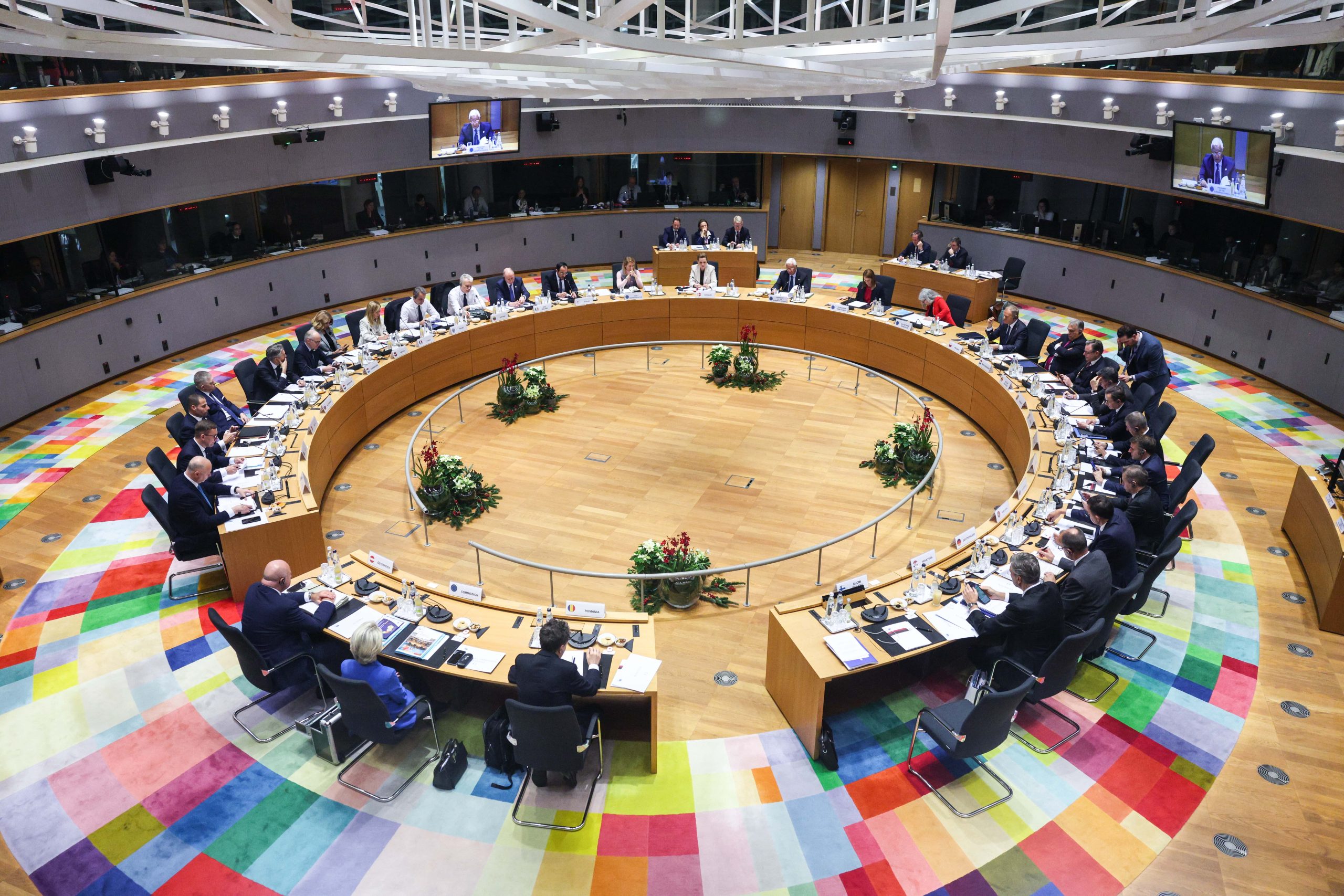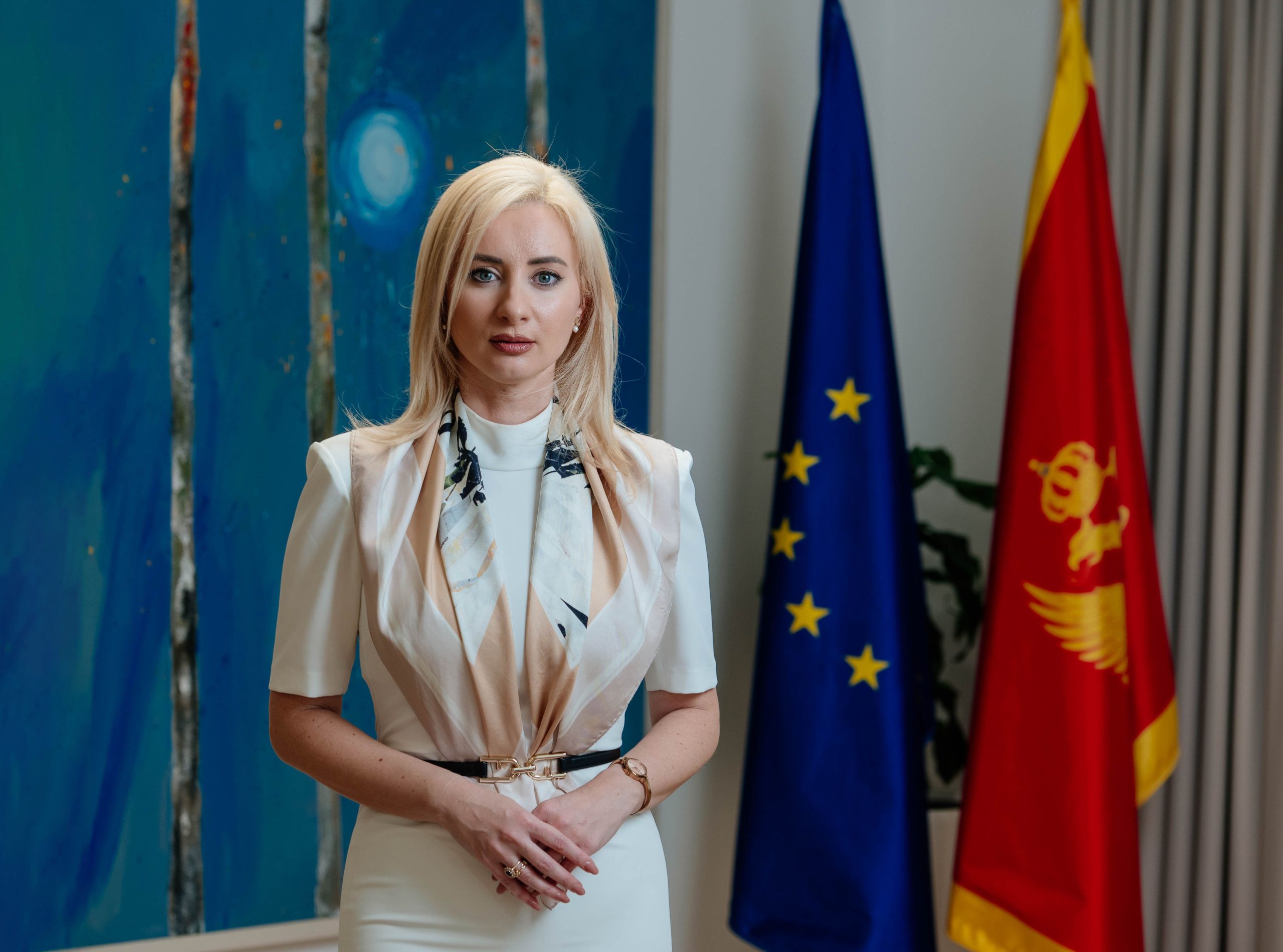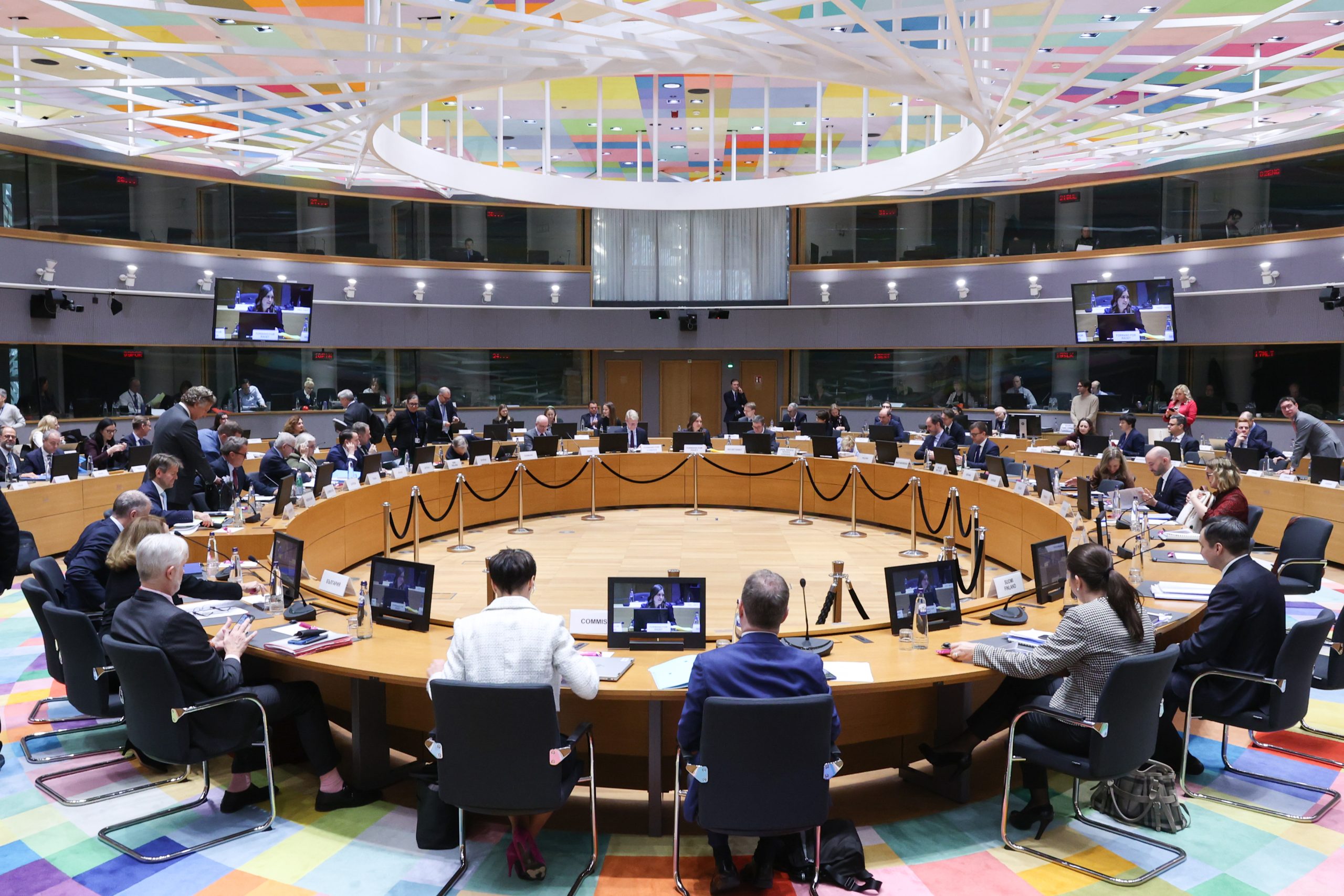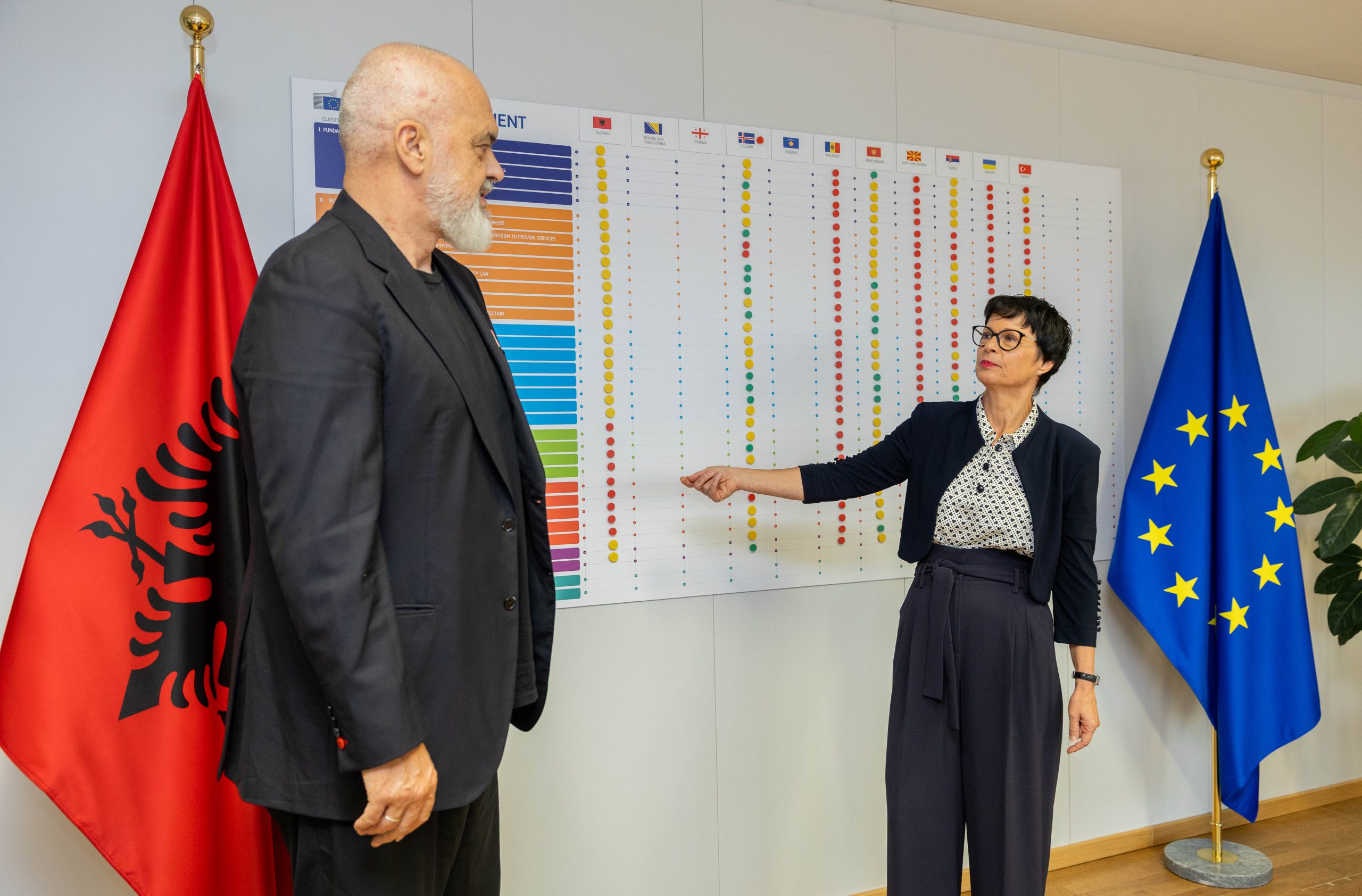Anti-government protests in Serbia, as well as all activities of the opposition, are now regularly labeled by the ruling party as attempts at a colour revolution and “the new Maidan”. It is an interpretation of the event that associates every expression of dissatisfaction with alleged external organizers in order to delegitimise them. Serbian colleagues are often helped in this interpretation by Russian officials and analysts.
Narratives of “colour revolutions” deny or minimize any internal reasons behind citizens’ protests. At the same time, as the “organization” is exclusively attributed to Western countries, they deepen and strengthen already existing anti-Western sentiments in the public in order to achieve domestic political goals.
This practice was also present during the current “Serbia against violence” protests, which have been described by government representatives as an attempt to take power by force with external support, although no evidence has ever been offered for this.
“Sister intelligence agencies from the East” warn of the danger of violent overthrow of the government
President of Serbia Aleksandar Vučić stated on 19 May that he was getting intelligence on the protests from the “sister agencies from the East”, which confirm that the protests are attempts of colour revolutions. Only several days earlier, on 14 May, he said that “there will not be a new Maidan” in Belgrade, referring to the expulsion of Ukrainian President Viktor Yanukovych from power in 2014.
Other members of the government also joined the labelling. Prime Minister Ana Brnabić stated that there will not be a “new Maidan or civil war” in Serbia, while Minister of Defense Miloš Vučević said that “there will not be a Maidan in Belgrade, no blood on the streets”.
In July, the pro-government newspaper Politika published the text “Double Ukrainian scenario for Serbia”, in which it states that, “according to unofficial information”, foreign intelligence agencies were more active in Serbia in May and June than at the beginning of the year. Based on this claim, the article concluded that the overthrow of President Vučić through the “Serbian Maidan” is in the making. The text also quotes the assessment of the chairwoman of the Federation Council of Russia, Valentina Matviyenko, about how the West started preparing the ground for a “colour revolution” in Serbia.
Another pro-government newspaper, Večernje novosti, also quoted Russian sources. Ambassador of the Russian Federation in Belgrade, Aleksandr Botsan-Kharchenko, said for the paper that “the goal of the colour revolution is the overthrow of the country’s leadership. The reason does not matter, every force is used – left, right, those who support Russia or are against it. These things are taking place even now.”
The narrative of the colour revolutions in Serbia was present even before the current “Serbia against violence” protests. Before last year’s presidential elections, Aleksandar Vučić said that part of the opposition wanted to come to power by force and was calling for the Maidan in Belgrade.
Earlier, during the environmental protests in November and December 2021, pro-government commentator Dragoslav Bokan described these events as a new colour revolution on the streets, and the citizens participating in it as “extras” controlled by Serbia’s enemies from the region and from the West.
Almost at the same time, the then Minister of the Interior and the current director of the Security Intelligence Agency, Aleksandar Vulin, traveled to Moscow, where he met with the Secretary of the Security Council of Russia, Nikolai Patrushev, when, allegedly, the “Working Group for the Fight against Coloured Revolutions” was formed.
Even earlier, in 2017, Vučić said that he would not allow the collapse of Serbia, the Ukrainian or Macedonian scenario. He said this in the final stages of the change of government in Macedonia, when, after protests called the “Colorful Revolution”, a ruling coalition was formed that replaced the government of Prime Minister Nikola Gruevski.
What are colour revolutions and how the Serbian government interprets them?
The most famous changes in government that are classified as “colour revolutions” in the world are the Rose Revolution in Georgia in 2003, the Orange Revolution in Ukraine in 2004, the Tulip Revolution in 2005 in Kyrgyzstan, Euromaidan, again in Ukraine in 2013-2014 and the Colorful Revolution in Macedonia in 2015-2017. The Bulldozer Revolution, better known as the 5th of October 2000 in Yugoslavia, is considered the earliest example of this type of government overthrow. Almost every one of them replaced an autocratic government close to Russia with another government closer to the West.
Each of these revolutions had a degree of support from Western countries, which varied from case to case. However, internal factors played an equally important, if not more important, role. Dominant issues were opposition to corruption and autocracy, pronounced economic inequality and tensions, inter-ethnic and inter-religious conflicts, a sense of the absence of perspective and a moment of weakness of the central authorities.
For example, mass protests broke out in North Macedonia in 2015 after the then-opposition leader Zoran Zaev published a series of audio recordings in which top government officials are heard planning to steal votes, buy off judges and punish political opponents. The protests that broke out led to a change of government two years later.
The current authorities in Moscow, Belgrade and other capitals, however, completely ignore the internal factors of colour revolutions and reduce them exclusively to external support with a distinctly negative connotation. Thus, their narratives become a double tool – for labeling and delegitimizing protests on the one hand, and for spreading anti-Western sentiment on the other.
A good description of the color revolutions from the perspective of the Serbian and Russian authorities can be seen in the official announcement after the aforementioned Vulin-Patrushev meeting in 2021. At the time, it was pointed out that “colour revolutions have become a traditional policy instrument of certain power centers and countries that aim to undermine statehood and sovereignty under the pretext of democratization, and free countries must resist this.”
This view is widespread among regimes in Europe and Asia. Russian President Vladimir Putin has repeatedly blamed “destructive internal and external forces” that are trying to undermine Russia’s collective security and stressed that he will not allow authorities allied to Moscow to be overthrown in “colour revolutions”.
In addition to him, another opponent of “color revolutions” is Chinese President Xi Jinping, who in September 2022 emphasized at a summit in Uzbekistan that countries should work to prevent foreign powers from inciting “colour revolutions.” Before that, on 4 February 2022, a joint statement of the presidents of Russia and China was published, which emphasizes the opposition of these countries to “colour revolutions”.
The specter of “colour revolutions”, as can be seen, continues to haunt many authoritarian regimes, primarily thanks to the rhetoric of their authorities. Based on what has been seen so far, it can be assumed that it will continue to haunt Serbia as well.









